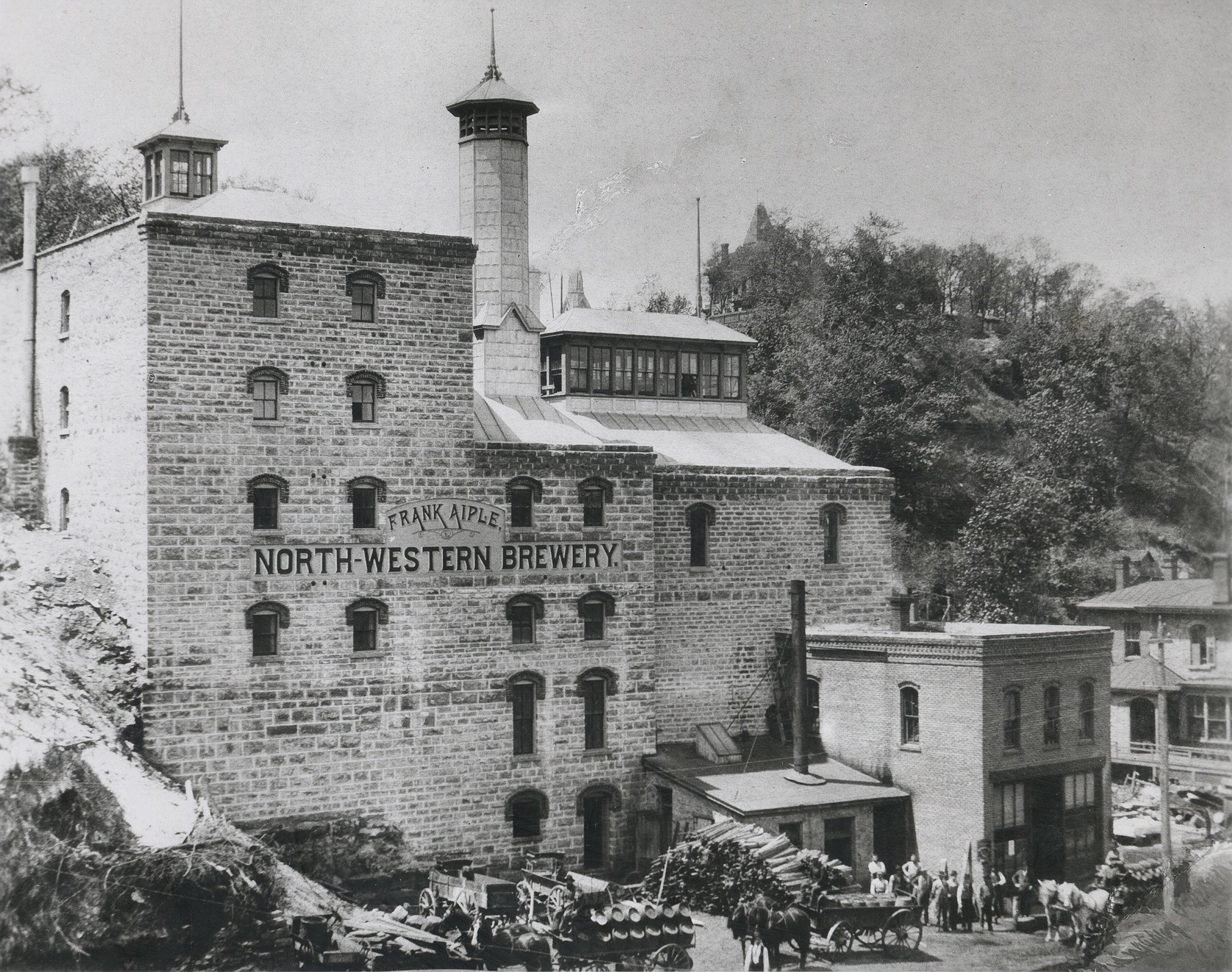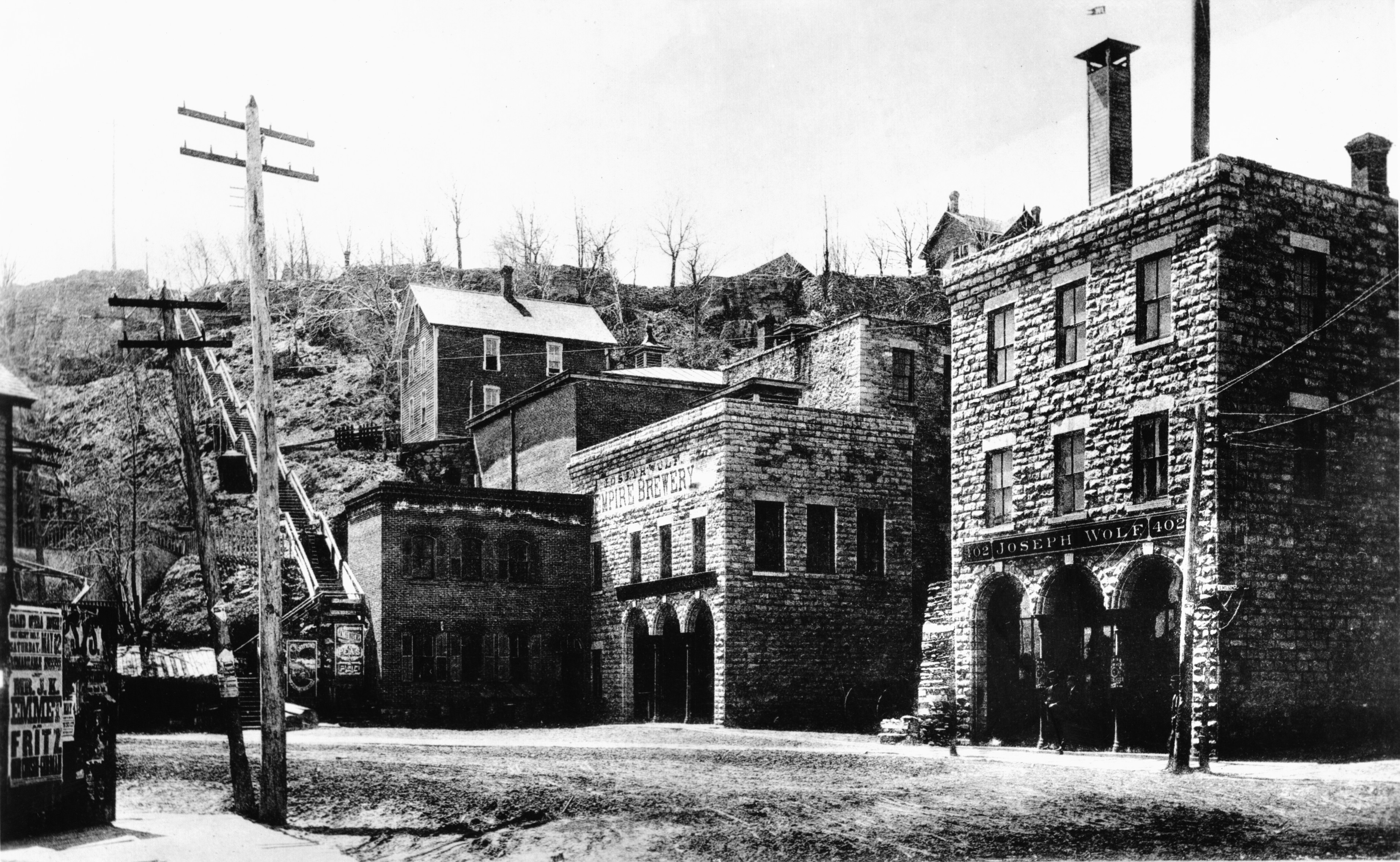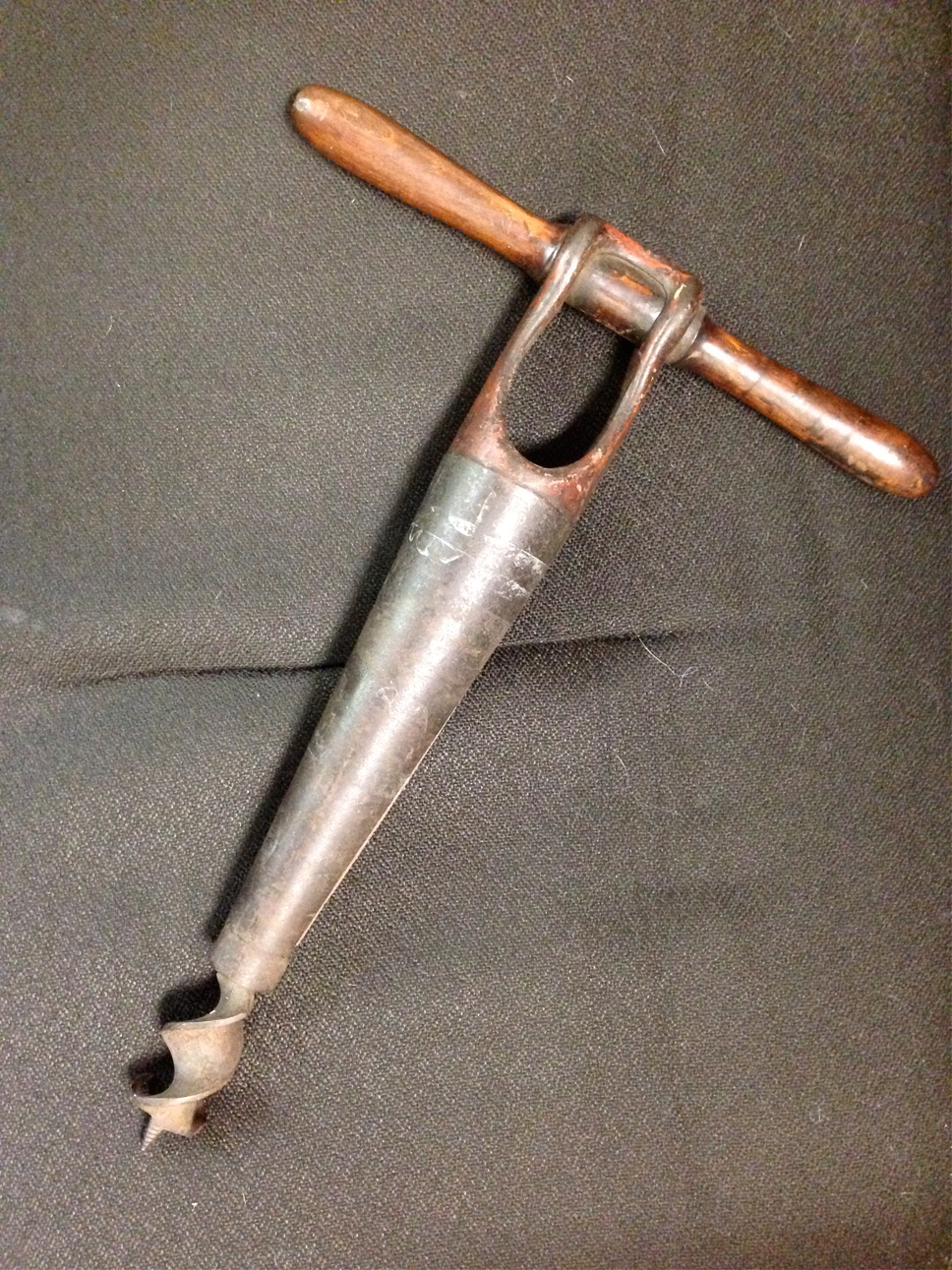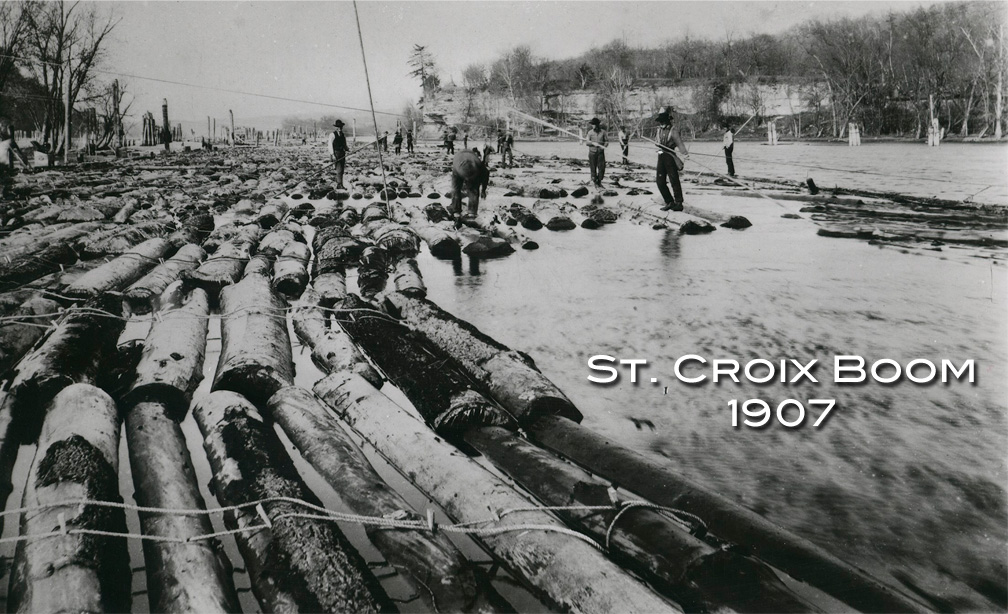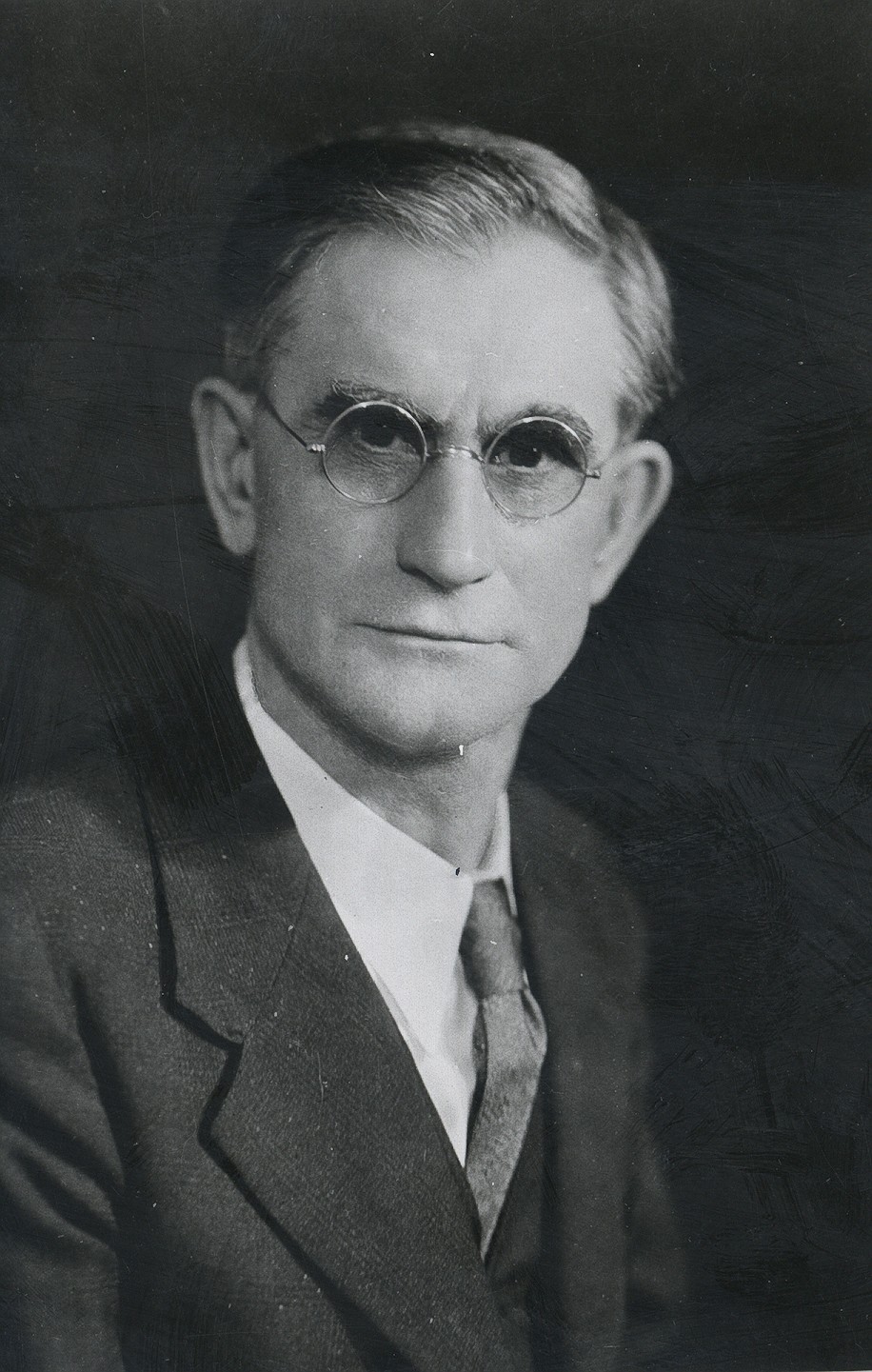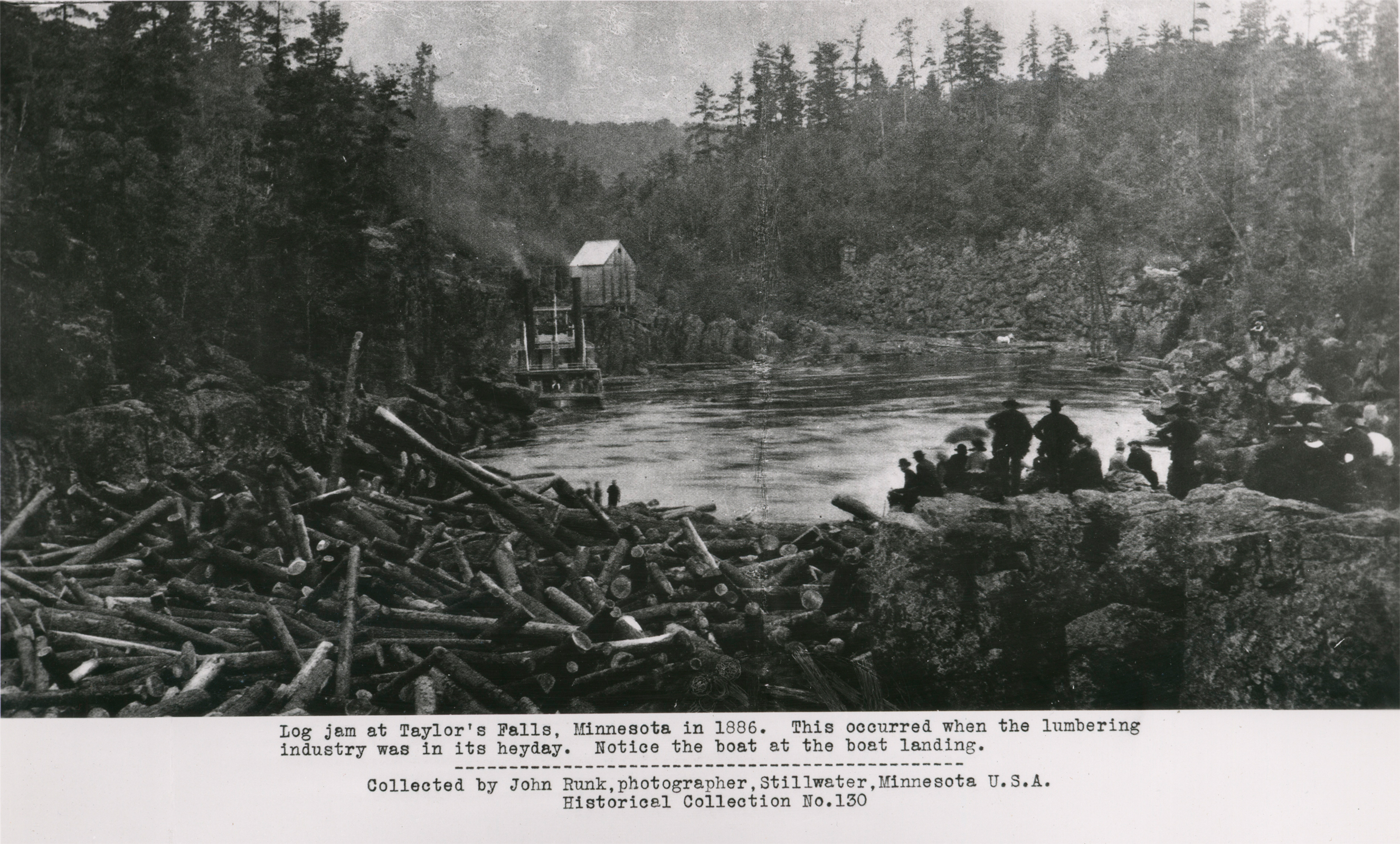|
This issue: Contents
Tuesday, June 30th, 2015
Editor’s NoteHello everybody! Hope you’ve been having yourself a couple of fantastic weeks here since we last got together for a chat! Today, we’ll start off by hearing Hay Lake Manager Dustyn Dubuque recap our 8th Annual Beer Tasting… and in case you missed the event, please try to rein in your jealousy of all the fun we had. In our second News Story I’ll give you all the information about our next Warden’s House program: “Newell Burch: Surviving Andersonville Prison”. During the presentation on Sunday, July 5th, you’ll be asked to spend an afternoon with the horrors of the Confederacy’s deadliest prison camp. I’ve wandered into one of our storage rooms and pulled out another obscure artifact to continue the always popular “What Is This Thing?!” series. In the Old News of the day, we’ll take an in-depth look at the creation of a Stillwater staple. This well-known local locale is so popular that people are literally dying to get in! Wrapping up today’s issue, summer school is now in session when Dustyn returns to begin his “One Room School” series. His first lesson covers the big-wigs and decision-makers of the rural school district: the Teachers and the School Board. Want to learn more about the history of Washington County? “Like” WCHS on Facebook, follow us on Twitter and explore our massive photograph collection through our intern-run Instagram! Sean Pallas Historical Messenger editor and Warden’s House Site Manager WCHS NewsBeer Tasting RecapDustyn Dubuque, Hay Lake Manager It was another great day for the Beer Tasting event this year that is located on the ground of the Hay Lake Museum. On June 20th, 2015 we welcomed breweries of old and new to the festivities. The day began with many HUZZAH’S as 1860s vintage base ball was being played next to the Hay Lake School Museum. This year featured the Rum River Rovers (Anoka, MN), Menomonie Blue Caps (WI), and Washington County’s own St. Croix Base Ball Club. It was a perfect day for this gentlemen’s game. Game 1: Menomonie Blue Caps – 1, St. Croix BBC – 0 Game 2: Rum River Rovers – 11, Menomonie Blue Caps – 2 Game 3: Rum River Rovers – 8, St. Croix BBC – 0 At 4:00 the festivities began. The crowd began to line up to collect their take–home tasting glass sponsored by Lift Bridge Brewing (Stillwater, MN) and their bag of Dot’s Pretzels (ND). Each attendee had a variety of choices with 13 different breweries and 1 bloody mary mix out of Somerset, WI (Redneck Juice). The returning breweries were Joseph Wolf, Lift Bridge, Still H2O, Tin Whiskers, Summit, Sierra Nevada, Lagunitas, St. Croix Brewing, and Bent Brewstillery. Newcomers were Mankato Brewing, Eastlake Craft Brewery, and Granite City Brewing. From Pilsners, to IPA’s, to Double IPA’s, and even raspberry lager’s there was sure plenty of different beers to try. The craft beer scene is booming in Minnesota, all over the United States for that matter, so if you have an opportunity to try anything by these different vendors…go for it! In addition, food was provided by the Scandia Lion’s Club. Doug Hoverson, author of Amber Waters: History of Brewing in Minnesota, gave a quick presentation of the border battle between Minnesota and Wisconsin when it comes to brewing beer. Photographer Mark Fay of Bottoms Up: Wisconsin’s Historic Taverns and Breweries was also on hand to show photographs and sell books. Many attendees also tried their hand at Hammerschlagen (which quite simply is pounding a nail into a piece of wood – it is a little harder than it looks!) To round out the day a silent auction with terrific items was on hand. All in all roughly 230 people attended the festivities, raising more funds than last year. Each year the event is growing in popularity so please join us next year on June 19th, 2016 for the 9th installment of this fantastic event! More: Events WCHS NewsNewell Burch: Surviving Andersonville Prison |
Upcoming Events
More information: WCHS Events >>> Preserve the Past, Share in the Future!Become a member of the Washington County Historical Society! Membership is one way that you can help support the Washington County Historical Society. Your membership helps us collect, preserve, and disseminate the history of Washington County for county residents and visitors in the belief that a historical perspective enhances our understanding of community and sense of place. Benefits of membership:
The Washington County Historical Society has depended on membership ever since it was formed in 1934. Please show your support for the organization by becoming a member today. More: WCHS Membership >>> Mission StatementWashington County Historical Society collects, preserves, and disseminates the history of the county and state of Minnesota.
|
|||||||
Month: June 2015
Receive the Historical Messenger in your inbox once every two weeks by signing up for our mailing list!
|
This issue: Contents
Tuesday, June 16th, 2015
Editor’s NoteHello hello hello! Welcome to the latest issue of the Historical Messenger! I’d like to start off with a quick Boutwell House update here for you folks. First off, our GoFundMe campaign has now raised $675! But monitary donations aren’t the only way to help the project. Last weekend a group of passionate volunteers made the first steps to restoring this piece of our history by cleaning up the house and property! We’ll definitely have more clean-up days in the future, so keep an eye on our social media for more details. Thank you for the support! …the rest of today’s issue is all about beer! Partially because it’s the perfect weather to sit outside and knock-back a cold one, but mostly because the Hay Lake Beer Tasting is this Saturday! Check out our first bit of News for all the mouth-watering details. We’ll use our second bit of News to introduce you to this summer’s WCHS interns! I’ll also identify the alcohol-accessory from last issue’s “What Is This Thing?!” and introduce our 10th mystery item! In today’s Old News, you’ll read a suggestion from a local man that would feel more at home in an H.G. Wells novel or in a slurred barroom conversation than in the editorial section. These days, smaller local craft brewers are growing more and more popular. Well in today’s Featured Article you’ll read about how Stillwater was ahead of that trend…way back in the late 1800s! Want to learn more about the history of Washington County? “Like” WCHS on Facebook, follow us on Twitter and now introducing our intern-run Instagram! Sean Pallas Historical Messenger editor and Warden’s House Site Manager WCHS News8th Annual Hay Lake Beer Tasting Join the Washington County Historical Society this Saturday, June 20th, 2015 from 4:00-7:00pm for the 8th Annual Hay Lake Beer Tasting Fundraiser & Silent Auction. Admission to the event is $15 per person and participants must me 21 years or older. The proceeds from the event help to fund the Washington County Historical Society and its programs.For the eighth year the Hay Lake School Museum Beer Tasting and Silent auction has become a keystone fundraiser for the Washington County Historical Society. This year sponsored by Lift Bridge Brewing will include fourteen different breweries from around the region. Many Minnesota favorites will be participating; Joseph Wolf Brewing, Mankato Brewing, East Lake Craft Brewery, Granite City Brewing, Summit Brewing, Opinion Brewery of Newport, and more! Join the Washington County Historical Society this Saturday, June 20th, 2015 from 4:00-7:00pm for the 8th Annual Hay Lake Beer Tasting Fundraiser & Silent Auction. Admission to the event is $15 per person and participants must me 21 years or older. The proceeds from the event help to fund the Washington County Historical Society and its programs.For the eighth year the Hay Lake School Museum Beer Tasting and Silent auction has become a keystone fundraiser for the Washington County Historical Society. This year sponsored by Lift Bridge Brewing will include fourteen different breweries from around the region. Many Minnesota favorites will be participating; Joseph Wolf Brewing, Mankato Brewing, East Lake Craft Brewery, Granite City Brewing, Summit Brewing, Opinion Brewery of Newport, and more!
The beer is just a part of it, as the tasting also will consist of food from the Scandia-Marine Lions Club and snacks will be provided by Dot’s Homestyle Pretzels. Author Doug Hoverson, “Land of Amber Waters: The History of Brewing in Minnesota” will be giving a short presentation preceding the event inside the Hay Lake School and Photographer Mark Fay, “Bottom’s Up: A Toast to Wisconsin’s Historic Taverns and Breweries” will also be speaking. Their books will be for sale at the event. Justin Miner of the Johnsdale Paranormal Group will also be at Hay Lake to discuss the upcoming Warden’s House Investigation Raffle. Have you ever wanted to hunt ghosts with the experts? This is your chance! There will also be vintage base ball played on the field next to the museum near the Lions Pavilion. The St. Croix Base Ball Club, Menomonie Blue Caps and the Rum River Rovers will play several timed matches starting at Noon. The vintage base ball matches, played by the rules of 1860, are free to the public. In addition, there will be a silent auction that includes items from Minnesota Vikings, Minnesota Timberwolves, Minnesota Orchestra, Canterbury Park, Water Street Inn, Dancing Dragonfly Winery, and much more from all over Minnesota & Wisconsin. The Hay Lake School Museum is located at 14020 195th St N, Marine on St Croix, MN 55047. Contact Dustyn Dubuque at dustyn.dubuque@hotmail.com or 651-433-4019 with any questions regarding this event or to schedule a tour of the museum. More: Events WCHS NewsWCHS Interns
They’ll help with events, develop research projects …and they also want to share our massive collection of historic photographs with you! Check out the new WCHS Instagram and explore the visual history of Washington County with our interns! (…plus they’ve been working really hard on some truly awful puns…so you can enjoy that too!) Swing by either of our museums, one of our events, or our booth at the Washington County Fair and say ‘Hello!’ to these future historians! Photo: From Left to Right (Alicia Tipcke, Lauren Anderson, Maja Proescholdt) …and behind them Rev. Boutwell! More: WCHS Intern Instagram 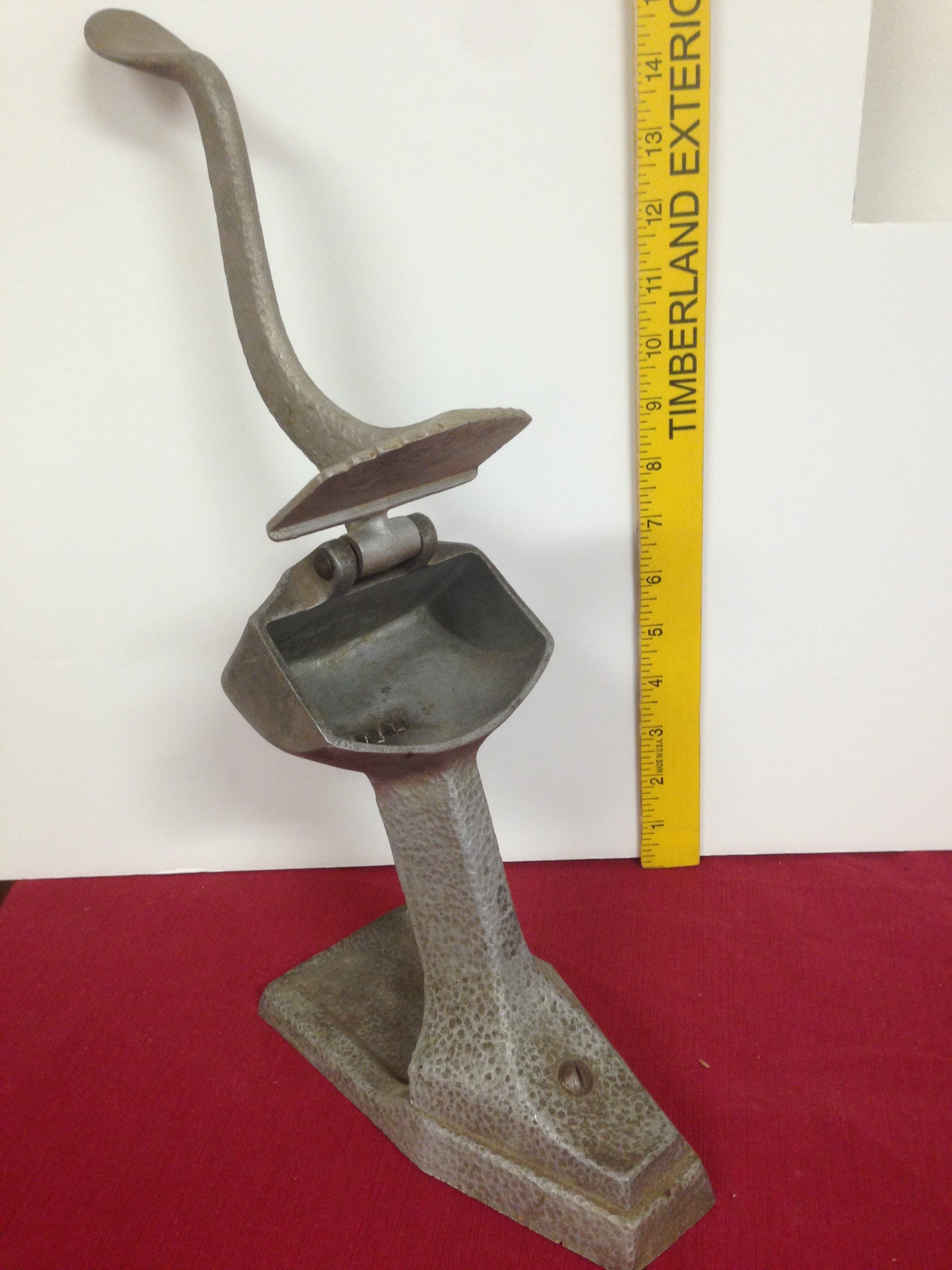
What is This Thing?!What Is This Thing?! (Round 10) Whew! Last issue’s What Is This Thing?! left more than a few heads scratching. A couple folks supposed it was for planting bulb plants like onions or tulips while others guessed it might have been used to tap into trees to harvest sap. But a couple of you still managed to hit the nail right on the head with your guess! Round 9’s mystery item was known as a ‘bung-hole auger’ or ‘reamer’. A ‘bung-hole’ is the small circular hole that is bored into the sides of whiskey barrels. Then they’d either place a tap into the hole or a cork when it was being stored. In the 1880s, “down river Whiskey” (along with local beer) was a popular beverage served at many of Stillwater’s forty-three saloons. Bar owners would often offer a free lunch to bring in the crowds of thirsty lumberjacks. An improvement to the device was patented in 1882 which allowed the wood drilled out by the auger to be removed from an opening in the side of the borer. Can you identify the WCHS artifact photographed above? If you’d care to venture an answer, you can send an email to me at spallas.wchs@gmail.com, tweet @WCHSMN, or post your guess on our Facebook page. Good luck! Old NewsLet’s Blow Up Some Clouds…for Science!
So while the following suggestion for controling Mother Nature seems squarely in the realm of science-fiction, Stillwater wasn’t the only community to suppose that explosives could coax rain from clouds. Even Popular Mechanics was still discussing the ‘success stories’ of the practice in 1912! The supportive comments at the end of the article by the Stillwater Messenger editor further reveal this idea wasn’t seen as a hair-brained scheme or the ravings of a lunatic – science would prevail over all and Stillwater wanted to reap the rewards. Why Not Try? – Stillwater Messenger – June 16, 1900 We spend lots of money for city improvements, celebrations, etc. Isn’t it worth while to raise $50 or $100 to buy some dynamite and balloons in order to shake down the rain from the clouds hovering over us? We don’t know much about rainmaking but actually believe that under conditions like Wednesday evening last, when rain clouds were floating by, concussions of the air would have the desired effect; If it did not we could console ourselves with having failed in a good cause. Respectfully referred to the city Improvement committee, or any one having the public welfare at heart. C.C.P The foregoing article, crowded out of last week’s issue by late news matter, is well worth consideration. The science of rain making is as yet in its infancy but is destined to be, and in the near future, too, of the utmost importance along every line of trade, as all depend upon agriculture. Featured ArticleWhere We Wet Our Whistlesby Brent Peterson In 1851, Norbert Kimmick started a small whisky still on the corner of third and Chestnut Streets in Stillwater. The still was located in his kitchen and he made about five barrels of whisky per week. The next year, Kimmick built a brewery and operated it for about two years before taking on a partner, Frank Aiple. Together they ran the operation until Kimmick’s death in 1857.
Mrs. Aiple then continued the operation of the brewery until she again married, this time to Mr. Hermann Tepass, on December 14, 1869. The old kettle that served the Aiple brewery for nearly 30 years was sold to a brewery in Hillsboro, Wisconsin in August 1890. The following month, two buildings on the brewery grounds caught fire. Jacob Bean, of Hersey & Bean Lumber Company across the street, noticed the blaze and shut down his mill. The mill hands raced to the fire and using the mills three hose lines, extinguished the fire before any damage to the brewery could occur. In the Schulenberg Addition to Stillwater, commonly known as “Dutchtown,” there was a man named Gerhardt Knips who began a brewery in late 1858 or early 1859. This part of Stillwater had the largest German settlement in the city and it would only make sense that they would bring their brand of beverage to the area. Knips, with his wife and young son, constructed a three-story building at a cost of $1,000. They came from St. Louis, and it was here that he began the “St. Croix Brewing Company.” In the Stillwater Messenger of January 2, 1866, there was described a fire at Knip’s Brewery in Schulenberg’s Addition. The fire started in the early evening. The two upper stories were “constructed of wood and occupied as a residence.” This portion of the building was completely engulfed in flames, “but through the exertions of our citizens the most valuable portion of the building, cellars, and most of the stock were saved. Loss $1,500.” For the citizens of Dutchtown, their beer was saved! In an article in the Stillwater Gazette on December 13, 1870, the paper commented on Knips recent improvements to the brewery. “He has made large excavations under the bluff in the rear of his brewery, about 40 feet in length,” said the report. The reporter also commented on the expense of these improvements, saying, “He has expended this season about $1,000 in the way of repairs and improvements.” Seven years later, the Gazette reported that Knips was getting out of the brewing business. “We understand” the reporter said, “that the Knips brewery has been leased to Messrs. Fred Maisch, D. Millbrook and Jos. Honar – the latter a practical brewer of good repute. The new firm will take possession of the works to-morrow, Feb. 1. We wish the success.” The new enterprise did not work out, and just a few years later, the brewery buildings were sold to Seymour, Sabin & Company. At the peek of production, the Knips brewery produced 450 barrels of beer annually. The Knips family moved away from Stillwater in the late 1870s to Nobles County, Minnesota. On March 18, 1879, the organizational meeting for Leota Township in Nobles County was held at the Gerhardt Knips home. Their daughter, Clara, stayed in Stillwater and was one of the first graduates from Stillwater High School in 1876. She later became a schoolteacher in Stillwater. Also staying in Stillwater was their son Emil, who worked for the Stillwater Mills. Peter Newhouse later purchased the brewery building. He made it into a boarding house in which 16 families lived there during the First World War. When the state decided to widen Highway 95 in 1935, the building was torn down. The back wall was used as a retaining wall for the bluffs, and it was on that wall that a plaque dedicated to the Tamarack House was placed. According to the “History of Washington County and the St. Croix Valley” published in 1881, the “Marine brewery was started about 1856 by [John] Kaufman, a German from Hudson.” Then, about three years later, Swiss born John Graf purchased Kaufman’s brewery, and in 1865 constructed larger buildings for development of a bigger brewery with his son Emil. In 1870 the brewery was sold to John F. Wichman and Henry Gartner. These gentlemen had come to Marine in the mid-1850s and were now embarking on making this one of the premiere breweries in the state. The brewery consisted at this time of a saloon and Wichman’s home, and the buildings were near the river bluff just south of the millstream, near where the mill site historic marker is standing today. By 1875, the Marine Brewery operated by Wichman & Gartner was making approximately 185 barrels of beer annually. In 1880, after Gartner’s death, Wichman became the sole owner and the production of the brewery was increased. In 1880, the brewery manufactured 300 barrels of beer, using nine hundred bushels of barley and employing two men. At 8:30 in the evening on February 25, 1886, flames were spotted coming from the dry kiln in the basement of the brewery. The alarm was sounded and the towns’ people came “speedily upon the scene” but the fire raced through the brewery building and any attempt to save it was abandoned. However, the flames were spreading fast and it was possible that the fire could reach the planning mill and lumberyard. A bucket brigade was started and the mill and yard were saved. The fire did spread to the Wichman’s home, which was later destroyed by the fire but some of the household items were brought out to safety. The estimates of the damage of the fire ranged from $3,000 to $3,500 and since the Wichman’s had no insurance, the brewery was a total loss. The Stillwater Gazette proclaimed “the citizens of Marine are deserving of much credit for their determined fight against great odds to prevent a further spread of the fire which at one time threatened to destroy the entire place.” On the day of the fire, the Marine Village Council held a meeting and appointed John Bevens to investigate the cost of a suitable fire engine and 500 feet of hose. Later, on April 10, 1886, the council voted to purchase such an engine, which officially established the Marine Volunteer Fire Department. Wichman did rebuild but the brewery was never put back into operation. Wichman died in December 1915 and his building was used in many different ways, from hotels to restaurants, a couple saloons and even an ice cream shop. The building was torn down in the late 1950s and there was some talk of making the site a nursing home. Eventually, according to James T. Dunn, the site was cleared completely in the fall of 1972 by the Minnesota Historical Society and is today a part of the historic mill property.
In May 1876, Joseph Wolf, the brother of Martin, purchased the whole business. In 1880 a brick office block was built adjoining the brewery. The firm was dissolved then incorporated under the name of Joseph Wolf Company in 1896, with Joseph Wolf as President of the firm. This new firm included three of Wolf’s sons and two son-in-laws. The Wolf Brewery is the best known brewery from Stillwater, at one time producing more than 25,000 barrels of beer a year, and continued to produce some of the best beer and whisky in the State of Minnesota until the 18th amendment put an end to the brewery. It took nearly a century for beer brewing to return to Stillwater after Prohibiton. And this Saturday, you’ll be able to sample a few of those local brews at our 8th Annual Beer Tasting at Hay Lake – including the renewed Wolf Brewing Company! Cheers! |
Upcoming Events
More information: WCHS Events >>> Preserve the Past, Share in the Future!Become a member of the Washington County Historical Society! Membership is one way that you can help support the Washington County Historical Society. Your membership helps us collect, preserve, and disseminate the history of Washington County for county residents and visitors in the belief that a historical perspective enhances our understanding of community and sense of place. Benefits of membership:
The Washington County Historical Society has depended on membership ever since it was formed in 1934. Please show your support for the organization by becoming a member today. More: WCHS Membership >>> Washington County Historical SocietyMission StatementWashington County Historical Society collects, preserves, and disseminates the history of the county and state of Minnesota.
|
|||||||
Receive the Historical Messenger in your inbox once every two weeks by signing up for our mailing list!
|
This issue: Contents
Tuesday, June 2nd, 2015
Editor’s NoteHappy Tuesday everybody – I hope you’re able to enjoy at least a bit of the absolutely beautiful weather we’re having! This past weekend, our “A Dazzle of Dragonflies” event hosted by the Lee and Rose Warner Nature Center at the Hay Lake School was a huge success, here’s a quick album of the day’s activities in case you missed the fun! I’m going to keep today’s Editor’s Note pretty brief because, folks, we’ve got a lot to talk about our first News Story. If you haven’t heard, WCHS has purchased the endangered Boutwell House. Head down to the News section to learn the details and the next steps we’ll be taking towards the home’s restoration project. Our 8th Annual Beer Tasting is now less than a month away! Check out the second bit of News for more information. Keep scrolling to learn the answer to last week’s “What Is This Thing?!” and to see if you know the answer to today’s riddle! We are fortunate to have an amazing photographic record of historic Stillwater and the St. Croix River Valley because of the dedicated efforts of one man: John Runk. Head down to our Featured Article to read about this pioneer of technology. Want to learn more about the history of Washington County? “Like” WCHS on Facebook and follow us on Twitter! Sean Pallas Historical Messenger editor and Warden’s House Site Manager WCHS NewsBoutwell House Restoration ProjectIf you’ve been a regular reader of the Historical Messenger, you’ll remember that way back in January, I first mentioned the imminent destruction of the Boutwell House (and spent a few paragraphs on a soap box about historic preservation). If you’ve been following the news, you may have heard some rumors and reports about the home over the last few months – but on WCHS’ end, we’ve stayed pretty quiet. We’ve spent the last few months wheeling, dealing and negotiating but I am very happy to report that: On May 28th, WCHS purchased the Boutwell House and the surrounding land. But what’s next? As you can see in the photo above, the house is not in great shape. Before the demolition was haulted, a sizeable chunk of the back of the house was removed. This was our immediate concern and just this morning, we have already taken steps to cover the exposed interior. Years of neglect have also left the inside of the house in poor condition. We now need to raise money to complete the restoration and preservation of the Boutwell House. We see our major goals for this project as the following: 1) Restore the exterior of the home to it’s original condition. Thankfully, the house truly hasn’t changed much since the ca. 1910 photograph above which makes this an ideal candidate for a restoration project. 2) Secure a place on the National Register of Historic Places for the Boutwell House. Once the exterior of the home is returned to it’s original condition, we will begin applying for National Register status which will protect the home in the future. 3) Renovate the interior of the home. After being abandoned for years, the inside of the house definitely needs work especially because of our final goal… 4) Return ownership of the Bouwell House back to either a family or organization. We hope to quickly renovate the exterior to historical standards and interior to modern standards so a new family can add their own history to the House’s already impressive story. So to wrap all this up – We need your help. The restoration of the house will cost right around $400,000. A decent percentage of this cost must be fundraised from the community. If you are reading these words in your inbox or on our website, you care about history. It is people like you that will make this project a success. Please consider donating at our GoFundMe page. Every dollar is a step closer to restoring this beautiful home and saving a piece of our history. Also consider sharing the link to our GoFundMe page on your social media (www.GoFundMe.com/Boutwell)! Thank you again for supporting local history and we’ll keep you posted on the project’s progress! WCHS NewsHay Lake Beer Tasting
More: Events What is This Thing?!
What Is This Thing?! (Round 9) Most of the guesses for last week’s What Is This Thing?! thought that this interesting hammer was used in the St. Croix Valley’s lumber industry (which is correct) – and a few were even able to identify that the raised ring on the face of the hammer was used to brand logs! The loggers would spend the winter cutting down trees in the northern parts of Minnesota. The felled logs would make their way to the frozen St. Croix River, where they would rest until the Spring thaw brought the harvest down-stream. Because the river would transport millions of feet of logs annually, the loggers used mallets such as this to pound their company’s symbol (in this example, the symbol is an “O”) into the ends of the logs. Then when the logs were collected at the Boom Site just north of Stillwater, the men working the site would sort the logs based on these markings. Once they were separated and sorted, the logs were sent into Stillwater itself towards the log owner’s mill. Thanks for playing our little guessing game and I can’t wait to see this week’s answers! Can you identify the WCHS artifact photographed above? If you’d care to venture an answer, you can send an email to me at spallas.wchs@gmail.com, tweet @WCHS2, or post your guess on our Facebook page. Good luck! Old NewsLogging SeasonWhen you stroll down Stillwater’s Main Street today and pass malt shops, antique stores, and beautiful river scenery – it’s very easy to forget that originally Stillwater was an industrial center.
Throughout the later half of the 1800s, Stillwater grew and grew around her lumber mills. Even though the industry had began to gradually slow down by 1900, this article from 1906 reveals that “slowing down” still meant an insane amount of lumber. Boom Will Start Monday – Stillwater Messenger – June 2, 1906 The St. Croix boom will be started for the season on Monday. The supply of logs at the mills is very low and mill men have been anxious over the situation. Several log drives have arrived at Never’s dam, and there are about 28,000,000 feet in the boom, enough to keep the sorting works busy several weeks. By that time odd drives will begin to arrive. Featured ArticleThe Man Who Made Stillwater Smile & Say “Cheese”by Brent Peterson A collection of John Runk’s films and photographs are available through WCHS. His photographs are still used today and are among the most popular at the Minnesota Historical Society. He was a businessman, a lumberjack and an inventor. His name still is recognized throughout the St. Croix Valley even though half a century ago. He is John Runk.
He started work at age thirteen, in a foundry, making cores at the Minnesota Thresher Company in downtown Stillwater, for fifty cents a day. Following the Thresher Company, Runk worked in machine shops, at the St. Croix Boom Company, on log drives and in the pineries. He built dams, trapped, hunted and fished, as well as loading railroad ties on boxcars. His creative side included making wire jewelry, such as pins, rings, necklaces, and so forth that he would sell at fairs and carnivals. Runk began his professional career as a photographer in 1899 when he set up the “American Eagle Studio,” with a photo of an eagle as his trademark. He started his business out of his home at 1710 North Main Street. He later moved closer to town at 110 North Main Street, and by the late teens, Runk was at 235 South Main. Runk had a mechanical eye. He always was looking for ways to improve things, or for new inventions. On November 8, 1921, he registered a patent in the United States for an invention known as the “Kleantone,” which improved the sound of phonograph records. He also had it patented in Canada. He also invented things in the photographic field. He devised a camera, which would do almost every kind of photography, including portraits, out door views, enlargements, reduction and general photography. It took Runk many years to perfect this camera, but it ultimately led to the creation of his historical collection. Runk became the first photographer in Stillwater to use electric lights in taking portrait photos; the first to use cut-films instead of dry plates; and the first to use tinting in his work. Runk took many photos of the most interesting scenes in the St. Croix Valley. Runk’s greatest contribution to this community was his passion for his historical collection. Runk not only took photographs of the area, but he also collected photographs from people. He made a specialty of reproducing old photographs of people and places. Runk announced to the public that to everyone who would bring in to him a suitable picture which he could reproduce, he would make a new picture for the owner, also returning the old, while putting a copy of it into his collection. This system was extremely successful. By 1937, Runk’s collection numbered 435, and he donated the first set of the John Runk Historical Collection to the Stillwater Public Library. However, Runk, a very meticulous man, had made special asbestos lined metal boxes for the correct storage of the photographs. He also drew up a trust agreement with the library, then later on with the Minnesota Historical Society. Included in the agreement, is a portion titled “Injury to Photos from Insects.” Runk went on to name which insects are harmful and then gives a formula on how to get rid of them.
Late in his career, Runk made movies. This was just a hobby he once explained, but many of the films were great demand and Runk would pass them around to various organizations. By 1964, John Runk’s health began to fail and in October 1964, John Runk died. John Runk’s passion became his life’s work. He spent most of his extra money on producing one of the most complete photographic histories of any area in the United States. Runk never intended on making a profit from his collection. “I’m not interested in making a pile of money out of this, but it’s my contribution to the city I’ve called home for so many years.” Thank you, John Runk. |
Upcoming Events
More information: WCHS Events >>> MembershipPreserve the Past, Share in the Future!Become a member of the Washington County Historical Society! Membership is one way that you can help support the Washington County Historical Society. Your membership helps us collect, preserve, and disseminate the history of Washington County for county residents and visitors in the belief that a historical perspective enhances our understanding of community and sense of place. Benefits of membership:
The Washington County Historical Society has depended on membership ever since it was formed in 1934. Please show your support for the organization by becoming a member today. More: WCHS Membership >>> Mission StatementWashington County Historical Society collects, preserves, and disseminates the history of the county and state of Minnesota.
|
|||||||

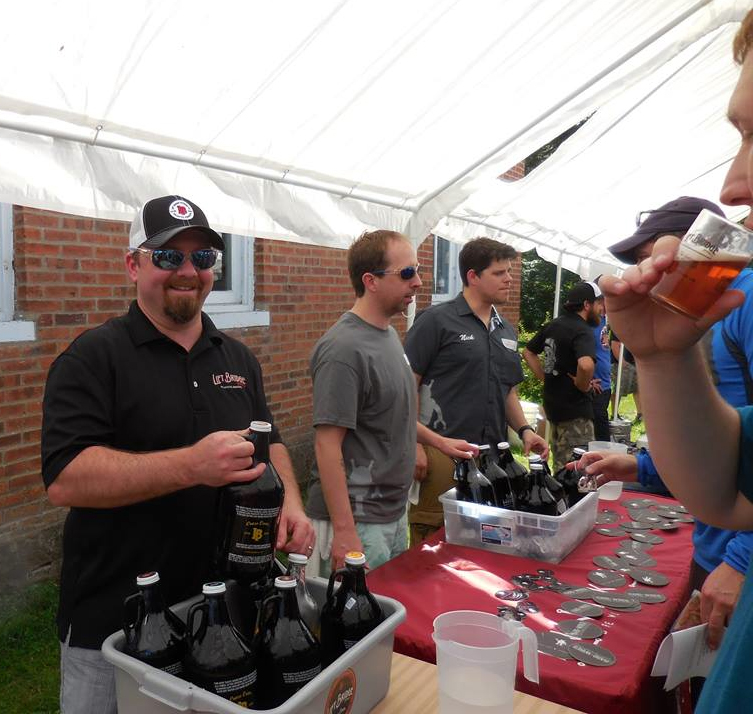
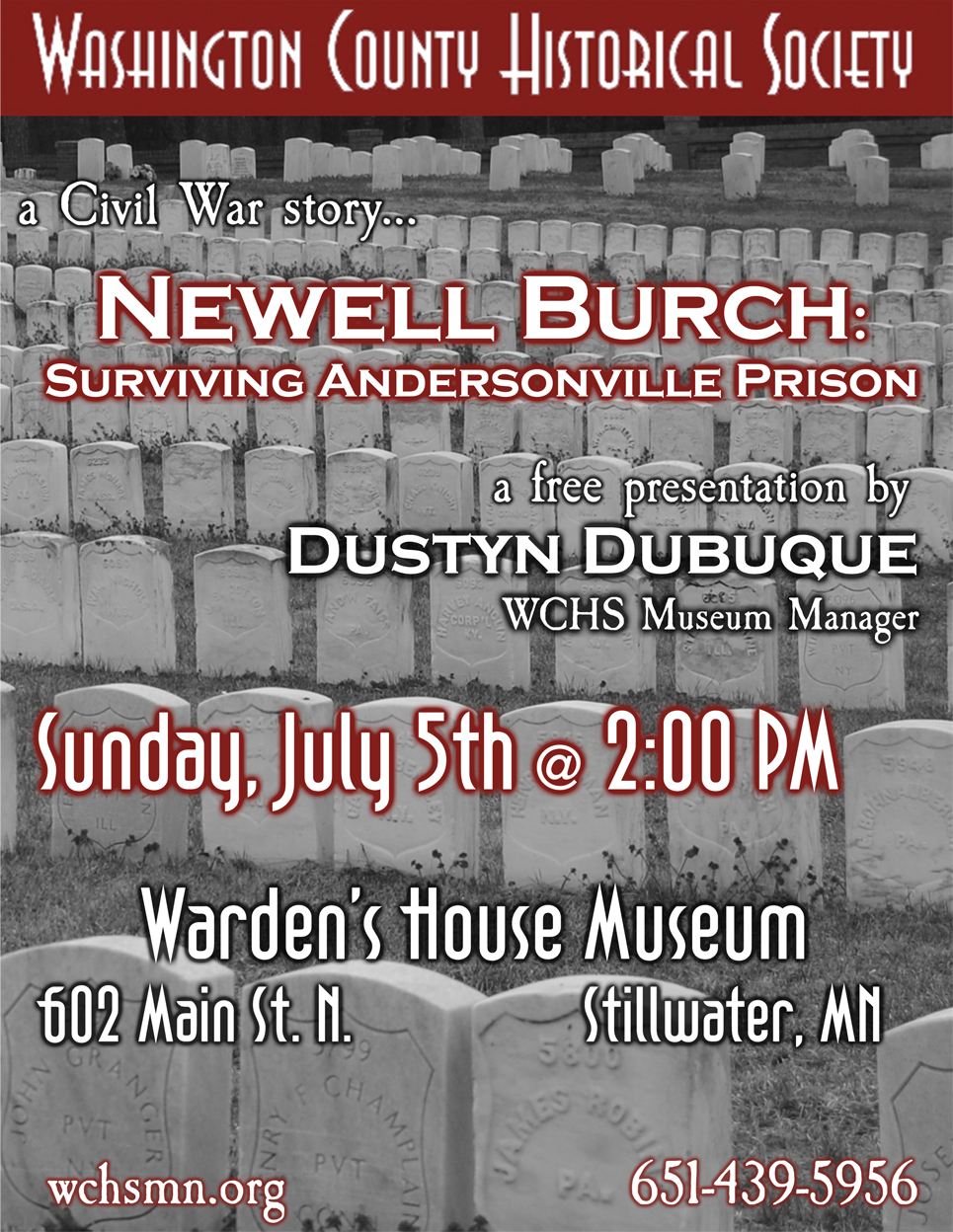
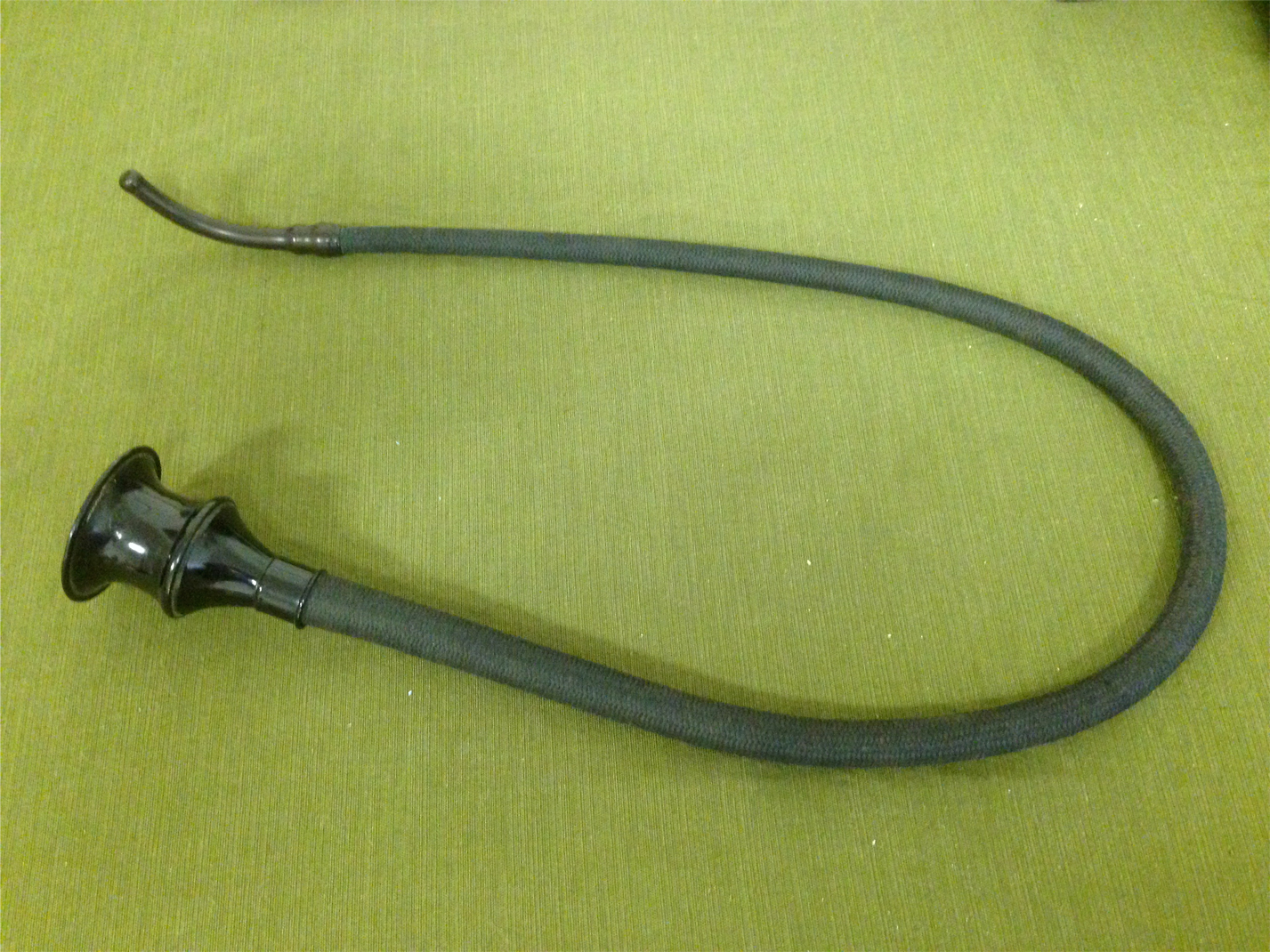
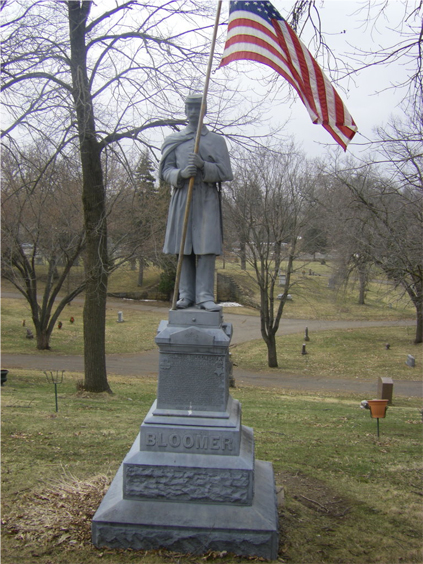 After the Civil War, Stillwater’s lumber industry and with it the city itself was booming. Between 1860 and 1870, the population nearly doubled from 2,380 to 4,124.
After the Civil War, Stillwater’s lumber industry and with it the city itself was booming. Between 1860 and 1870, the population nearly doubled from 2,380 to 4,124.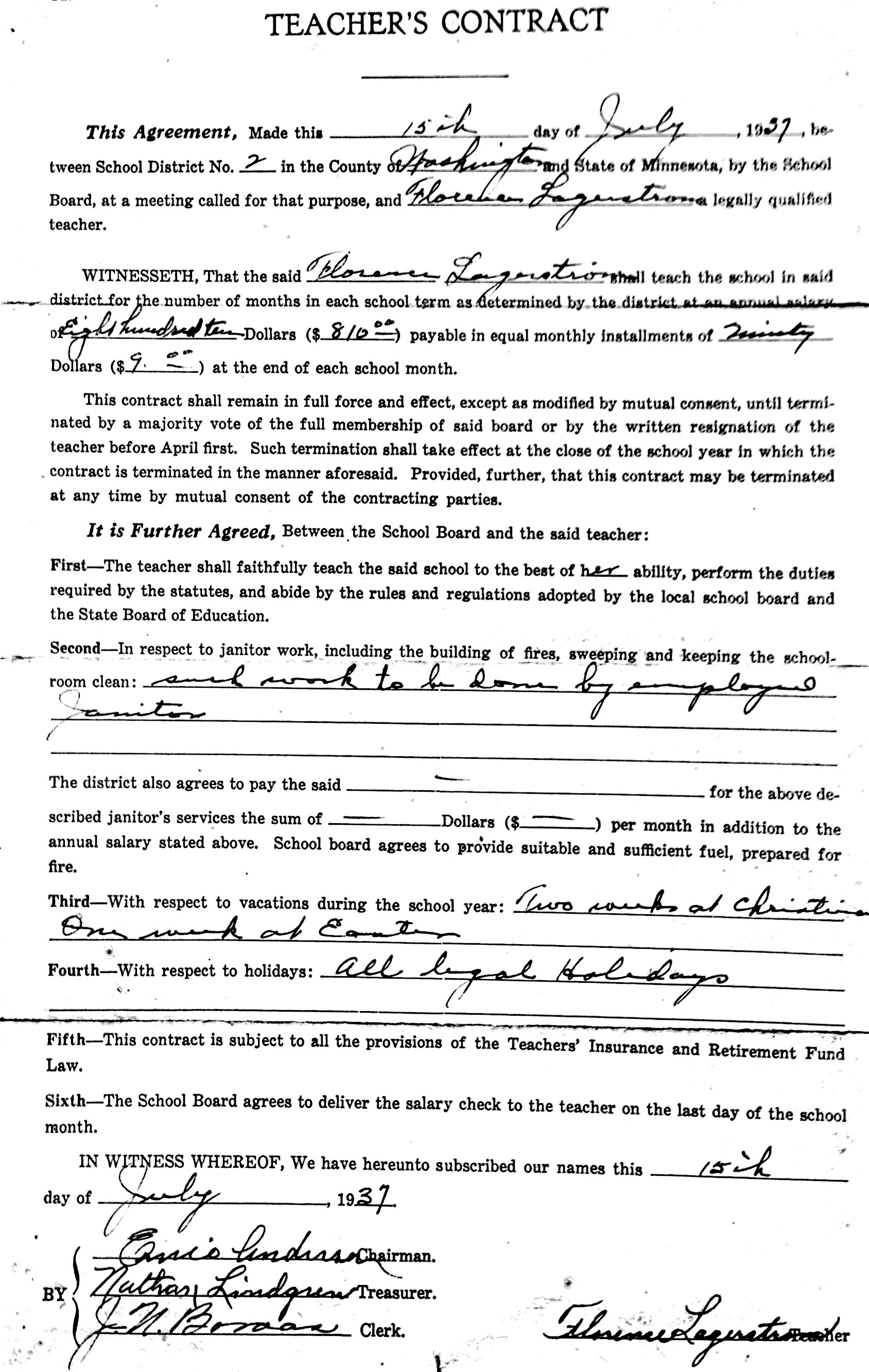 Can you imagine being a teacher in a one room school? In most cases, teachers were young women, often times only 19 or 20. In the 1930s a man or woman only needed to attend a normal school for 2 years to get their teaching certificate. The first of these being Winona State Normal School which opened in 1858. These schools were necessary as some counties had over a 100 one room schools, Washington County had 79.
Can you imagine being a teacher in a one room school? In most cases, teachers were young women, often times only 19 or 20. In the 1930s a man or woman only needed to attend a normal school for 2 years to get their teaching certificate. The first of these being Winona State Normal School which opened in 1858. These schools were necessary as some counties had over a 100 one room schools, Washington County had 79. One of my favorite programs here at WCHS is our summer internship. For the next 10 week Lauren Anderson, Maja Proescholdt, and Alicia Tipcke will be learning the ins-and-outs of local history museums at the Warden’s House and Hay Lake. Lauren is a graduate student at Eau Claire, Maja has just graduated from Luther College in Iowa and Alicia is studying at the College of St. Scholastica in Duluth. All three are pursuing careers in Public History and are receiving their first real taste of the field here at WCHS.
One of my favorite programs here at WCHS is our summer internship. For the next 10 week Lauren Anderson, Maja Proescholdt, and Alicia Tipcke will be learning the ins-and-outs of local history museums at the Warden’s House and Hay Lake. Lauren is a graduate student at Eau Claire, Maja has just graduated from Luther College in Iowa and Alicia is studying at the College of St. Scholastica in Duluth. All three are pursuing careers in Public History and are receiving their first real taste of the field here at WCHS. In past issue’s we’ve discussed how the beginning of the 20th century was an amazing time to be alive. Technological wonders seem to be churned out every day. By 1900, wireless telegraphy was being used for instant communication across the English Channel – in less than a year it would be transmitted across the Atlantic. At the same time this article was published, the Wright Brothers were spending their first summer in Kitty Hawk testing their prototype flying machine.
In past issue’s we’ve discussed how the beginning of the 20th century was an amazing time to be alive. Technological wonders seem to be churned out every day. By 1900, wireless telegraphy was being used for instant communication across the English Channel – in less than a year it would be transmitted across the Atlantic. At the same time this article was published, the Wright Brothers were spending their first summer in Kitty Hawk testing their prototype flying machine.